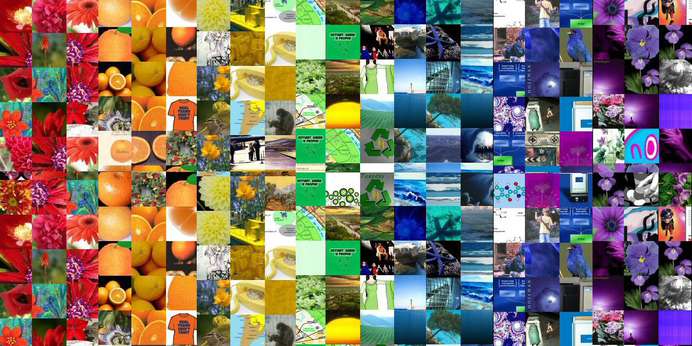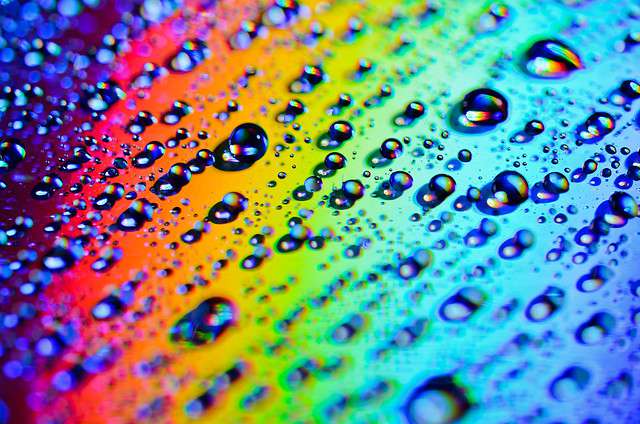
The visual world is made up of numerous color combinations, and for years mankind has been working to control each one. Image Source: Flickr user Mary-Lynn
I remember once asking a boy in the throes of a tantrum if he was ‘seeing red.’ The look of confusion on his face told me he was unfamiliar with the saying, but the flushed color of anger that painted his cheeks made it obvious where that term originated. Color perception is a part of our daily lives that we often take for granted and rarely stop to consider.
We live in a visual world that relies upon color perception to tell us almost everything: which foods are safe to eat, which wire to connect to which power source, and even how we determine the way a person feels just by the tone of their skin. We hardly ever stop to think of exactly how dependent we are on the differing shades and hues we see each day. The reality is that color perception has become a highly complex and intricately precise area of scientific study and our need to control color perceptions has driven us to new standards in color measurement and techniques. Our eyes are incredibly complex, but because the brain tries to filter out extraneous information, we don’t have the visual acuity needed to accurately measure colors. That’s where colorimetric instrumentation and spectrophotometers come in.



